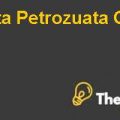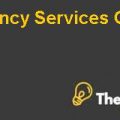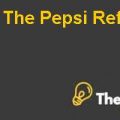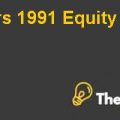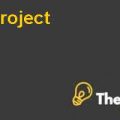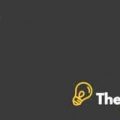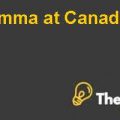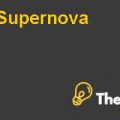
Q#3 How do you assess the quality and depth of due diligence conducted in
Sun West? What would you differently?
Due diligence is an examination of business’ financial position, management process and quality of performance before signing a contract. It is a conditional act before a contract.
In the given case, Landry and Brooke put the condition of due diligence before acquisition of SunWest. Due diligence will be conducted in ninety days. They select the criteria for due diligence process and selected areas for due diligence process include: access to senior management level, complete access to historical and projected financial information, access to all company locations, and complete review of SunWest's information systems along with review of inventories.
As SunWest's operations were extended across fifteen locations, hence, each location had separate employees, competition, facilities, receivables and inventory that needed to be analyzed. For detailed investigation, Landry and Brooke appointed the auditing firm of Arthur Andersen to support with inventory due diligence. Arthur Andersen decided to analyze in detail the company's rental equipment and supplied inventory. The analysis was to be accomplished by three Andersen professionals over a period of forty-five days. Landry and Brooke should go for full audit of SunWest in order to create complete understanding. Moreover, as time was the main constraint in case of the full audit; hence, time could be managed by increasing the numbers of Andersen professionals.
Q#4 If you had been one of the investors in Tasso Search Fund, would there be supported investment in Sun West? What risks are displayed as an investor? What do you think about the financial structure used? Evaluate the actions of Landry and Brooke in handling SunWest in the following periods:
- After taking control of the company and before the audit
- Stage financial restructuring
- Growth Stage
The main target of search fund is small companies with profitable businesses. 34 percent of companies were acquired in the price range of $4 million to $8 million. Most of the acquisitions made after 1984 accounted positive EBITDA margins. In this case, IRRs of search funds were calculated from an investor's perception on cash flow basis, and both debt and equity payments were incorporated. Terminal value was simple for those funds that were closed or liquidated by their companies and in case of running search fund; some assumptions were made to determine investors’ return.
In the given case, the blended IRR is calculated for a person investing an equal amount in each of the 61 search funds at the same start date to be 52 percent, which marks a significant increase over the results from previous years. Since 2001, the blended IRR has changed between 32 and 38 percent. The marked rise examined in 2007 is likely due to two main factors. Firstly, there were few search funds that acquired companies and executed it very well since 2004. Secondly, a small number of highly performer search funds had liquidity events since the previous study was made. In given cases, the actual terminal value considerably went beyond previous valuation estimates, which used the EBITDA multiples from the time of purchase.
The condition of SunWest before the audit was that it had 170 employees. Fifteen California’s locations and financial position projected revenue and EBITDA of $14.5 million and $1.7 million, in that order. There was a personal thrift between the partners that led to the dissolution of the partnership. Most of the customers were individual consumers of SunWest products, doctors and healthcare providers prescribed such products. Therefore, doctors were the targeted market of SunWest.
After the completion of due diligence, Landry and Brooke were acquiring a business that had generated $1.7 million and with 10 percent growth rate of revenue, the negotiations of $ 7.5 million were made with seller to finance the deal. To support the search fund, Landry and Brooke protected the financial support as their investors had a target required rate of return on investment of about 30 percent per annum. Landry and Brooke obtained less expensive debt from commercial banks and the seller.
After the recovery from financial troubles, Landry and his team planned to change the organizational structure in order to improve the performance. Three areas were the target of change, and they changed the organizational reporting structure, trained a strong sales force, and improvement in company's incentive system for non-sales employees in order to motivate them.
New well-organized SunWest reported the growth in RT business and in mid-2001, SunWest purchased nine companies and paid cash of $1 million for each company with the expensive costing of $3 million......................................
This is just a sample partial case solution. Please place the order on the website to order your own originally done case solution.

